Welcome
to correspondences. Our aim is to create lasting people connections across cultures through the medium of art.

to correspondences. Our aim is to create lasting people connections across cultures through the medium of art.
2 February to 5 March 2023
In February/March 2023, correspondences presented its inaugural ‘Resonate’ program, which focuses on the art of sound and its connection with other disciplines. Each year, one leading musician/composer is invited to collaborate with a visual artist, exploring the idea of everyday spirituality and place and seeking out connections or resonances.
In 2023, multi-instrumentalist and composer Genevieve Fry was invited to collaborate with multidisciplinary artist Jessye Wdowin-McGregor on a special project entitled Drawing Sound.
Featuring live music improvisation, video, drawing, collage, and photography, Drawing Sound examined the art of sound, drawing, and walking, the connection of these disciplines with our bodies, and the experience of emotional resonance, healing, and connectivity with our sense of place as our artists and communities readjusted to life post COVID-19 lockdowns.
From 2 to 17 February, Genevieve worked in the gallery space, making and recording music alongside a suite of new ‘sound drawings’ made in response to her music. The action took inspiration from Genevieve’s abstract sound drawings, a meditative fine art practice the artist developed as she transitioned back into the music scene after the pandemic lockdowns, focusing on other people’s music.
The starting point for the collaboration and the first making session on-site was visual imagery and environmental sound recordings from Jessye’s video A Concrete Place 2022, a poetic exploration of the everyday experience of walking along the Moonee Moonee (Moonee Ponds Creek) between COVID-19 lockdowns.
New musical collaborations/improvisations took place on site each week with Jessye, spoken word artist Sorim Byeon, musician/composers Aarti Jadu and Mindy Meng Wang and also, on occasion, participating audience members. After each session, Genevieve drew music, and the drawing was added to the exhibition space.
During this time, Jessye explored the Birrarung (Yarra River), continuing her longstanding examination of urban waterways, reflections on place, and the thresholds between body and landscape. She returned to the gallery/studio space onsite to research, make, and collaborate with Genevieve.
Audiences were also welcomed into the space to join the artists onsite for daily improvised music, drawing and walking sessions along the river. After each session, participants contributed drawings to our guest book, which was later exhibited.
A final exhibition of Genevieve's sound drawings, Jessye's still-life photographs, and audience drawings was presented from 17 to 26 February.
Below, you can find an image of each drawing made by Genevieve, along with a link to the corresponding ‘sound sketch’ released daily via Soundcloud and a little more insight into the context/origins behind the project’s inception.
To explore Jessye’s works presented online, along with a small interview, press the button below.
As our project developed, we compiled a list of reading and listening content connected with the project's central ideas and experiences. Press this [hyperlink] to check out the list. It will remain here for you to return when you wish.
The culmination of Genevieve’s residency was her performance at Brunswick Music Festival on 5 March, when she presented her sonic response to the practice of Yoko Ozawa and shared ideas. To find out more, please visit Yoko’s viewing room. You can listen to the music recorded by Genevieve via our Soundcloud page [hyperlink].
The sounds and images of this project were made on the country of the Wurundjeri Woi Wurrung peoples of the Kulin Nation.
We respectfully acknowledge them as the Sovereign Custodians of the land and waters upon which we live and work.
We pay our respects to their Elders, past, present, and emerging, and we extend this respect to all First Peoples.
Thank you, Ali McCann, for the beautiful installation photographs. Listen to an interview with Genevieve and Jessye talking about Drawing Sound on SmartArts with Oslo Davis on Triple R.

Untitled 1 2023
ink on paper drawing
246 x 320 mm ea
© Genevieve Fry
Photograph: Ali McCann
SOLD
Listen to the corresponding ‘sound sketch’ by pressing the Listen button below.
Featuring Resident Composer/Musician Genevieve Fry.

Untitled 2.1 2023
ink on paper drawing
246 x 320 mm ea
© Genevieve Fry
Photograph: Ali McCann
SOLD
Listen to the corresponding ‘sound sketch’ by pressing the Listen button below.
Featuring Resident Composer/Musician Genevieve Fry.

Untitled 2.2 2023
ink on paper drawing
246 x 320 mm ea
© Genevieve Fry
Photograph: Ali McCann
SOLD
Listen to the corresponding ‘sound sketch’ by pressing the Listen button below.
Featuring Resident Composer/Musician Genevieve Fry, with multi-disciplinary artist Sorim Byeon & multi-instrumentalist Esala Liyanage.
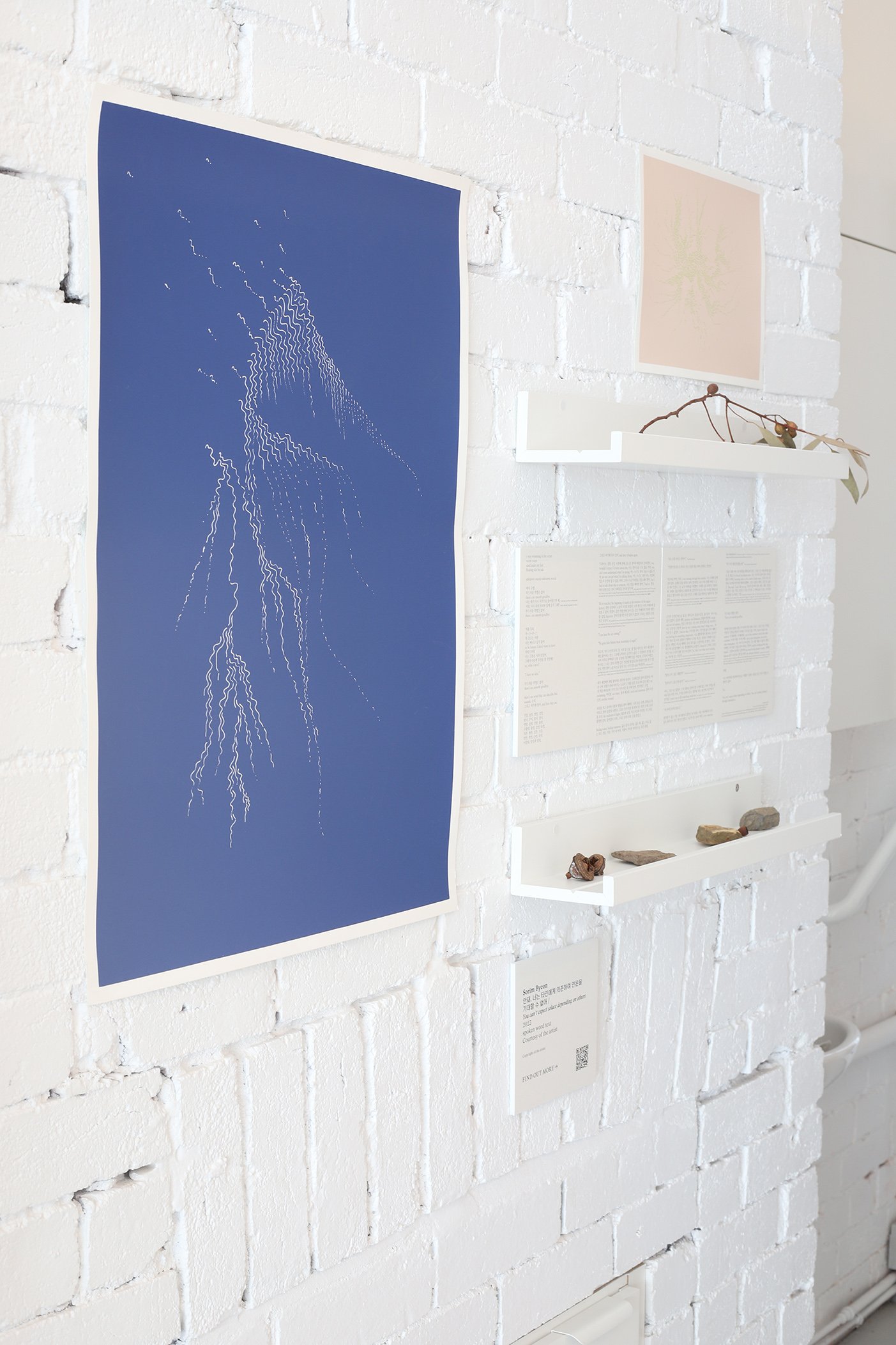
Untitled 3 2023
ink on paper drawing
500 x 705 mm ea
© Genevieve Fry
Photograph: Ali McCann
SOLD
Listen to the corresponding ‘sound sketch’ by pressing the Listen button below.
Featuring Resident Composer/Musician Genevieve Fry.

Untitled 4 2023
ink on paper drawings
246 x 320 mm ea
© Genevieve Fry
Photograph: Ali McCann
SOLD
Listen to the corresponding ‘sound sketch’ by pressing the Listen button below.
Featuring Resident Composer/Musician Genevieve Fry.
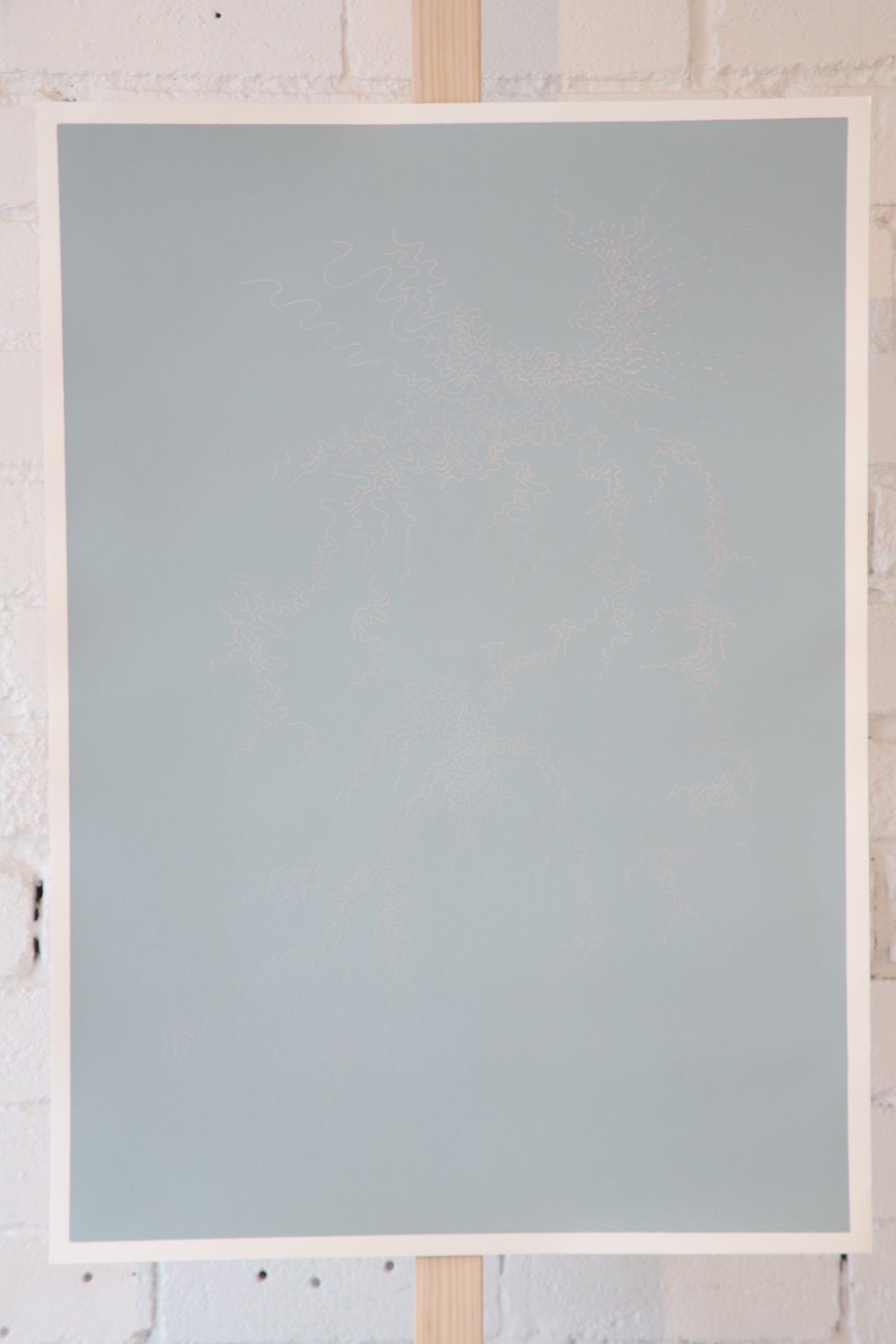
Untitled 5 2023
ink on paper drawing
500 x 705 mm ea
© Genevieve Fry
Photograph: Ali McCann
SOLD
Listen to the corresponding ‘sound sketch’ by pressing the Listen button below.
Featuring Resident Composer/Musician Genevieve Fry.

Untitled 6 2023
ink on paper drawing
500 x 705 mm ea
© Genevieve Fry
Photograph: Ali McCann
SOLD
Listen to the corresponding ‘sound sketch’ by pressing the Listen button below.
Featuring Resident Composer/Musician Genevieve Fry.

Untitled 7.1 2023
ink on paper drawing
246 x 320 mm ea
© Genevieve Fry
Photograph: Ali McCann
SOLD
Listen to the corresponding ‘sound sketch’ by pressing the Listen button below.
Featuring Resident Composer/Musician Genevieve Fry.

Untitled 7.2 2023
ink on paper drawing
500 x 705 mm ea
© Genevieve Fry
$360 framed
Photograph: Ali McCann
Sales inquiries: info@correspondences.work.
Listen to the corresponding ‘sound sketch’ by pressing the Listen button below.
Featuring Resident Composer/Musician Genevieve Fry with crooner/composer Aarti Jadu.
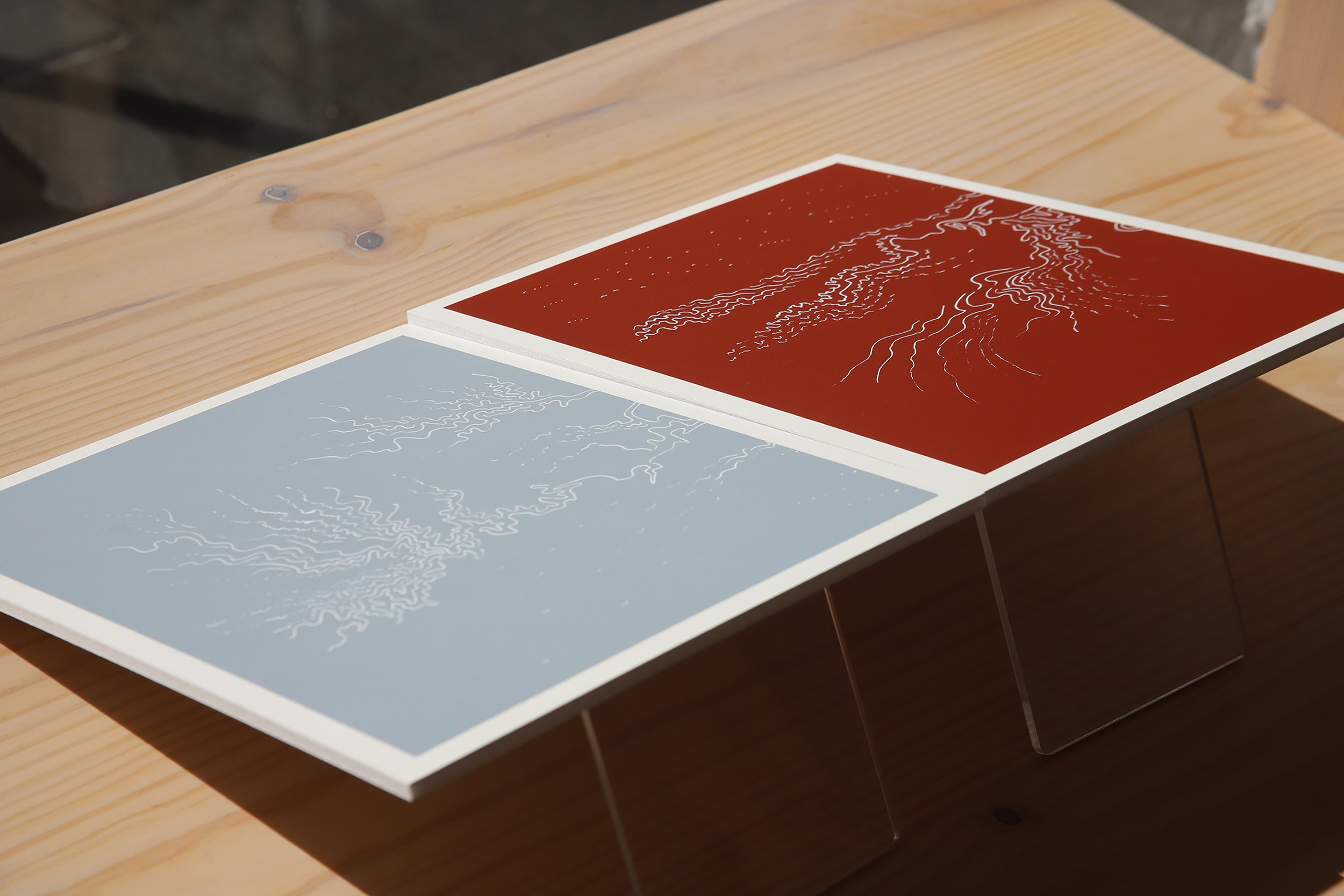
Untitled 8a 2023
ink on paper drawings, diptych
246 x 320 mm ea
© Genevieve Fry
Photograph: Ali McCann
SOLD
Listen to the corresponding ‘sound sketch’ by pressing the Listen button below.
Featuring Resident Composer/Musician Genevieve Fry & Jessye Wdowin-McGregor.
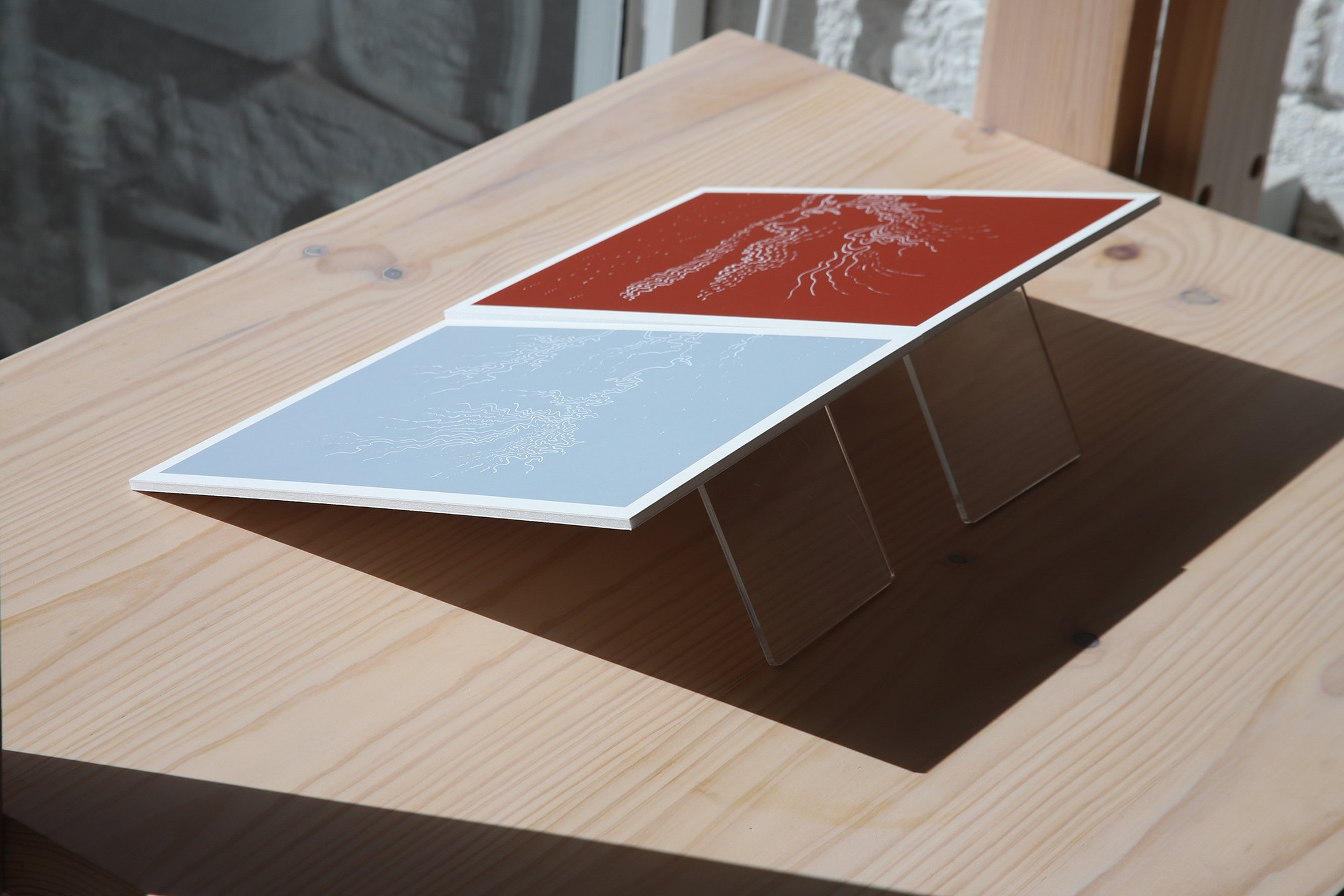
Untitled 8b 2023
ink on paper drawings, diptych
246 x 320 mm ea
© Genevieve Fry
Photograph: Ali McCann
SOLD
Listen to the corresponding ‘sound sketch’ by pressing the Listen button below.
Featuring Resident Composer/Musician Genevieve Fry & multi-disciplinary artist Jessye Wdowin-McGregor.

Untitled 9 2023
ink on paper drawing
246 x 320 mm ea
© Genevieve Fry
$150
Photograph: Ali McCann
Sales inquiries: info@correspondences.work.
Listen to the corresponding ‘sound sketch’ by pressing the Listen button below.
Featuring Resident Composer/Musician Genevieve Fry.

Untitled 10 2023
ink on paper drawing
246 x 320 mm ea
© Genevieve Fry
Photograph: Ali McCann
SOLD
Listen to the corresponding ‘sound sketch’ by pressing the Listen button below.
Featuring Resident Composer/Musician Genevieve Fry with harpist and friend Tamara Lunn.

Untitled 11 2023
ink on paper drawing
246 x 320 mm ea
© Genevieve Fry
Photograph: Ali McCann
SOLD
Listen to the corresponding ‘sound sketch’ by pressing the Listen button below.
Featuring Resident Composer/Musician Genevieve Fry & multi-disciplinary artist Jessye Wdowin-McGregor.

Untitled 12 2023
ink on paper drawing
246 x 320 mm ea
© Genevieve Fry
Photograph: Ali McCann
SOLD
Listen to the corresponding ‘sound sketch’ by pressing the Listen button below.
Featuring Resident Composer/Musician Genevieve Fry & composer/musician Mindy Meng Wang
The return to 'regular' life in the months since the COVID-19 lockdowns has been slow. After an extended period of flux, anxiety and forced separation from others, our audiences have talked with us about feeling isolated.
We’ve also talked about feeling hesitant. Hesitant to engage, build new confidences, experiment or make commitments to spend time with others in person - preferring instead the comfort, safety and convenience of 'socialising' at home via screen-based technologies that make our experience of the everyday material world ephemeral, making language more than nature and the body the human environment.
In this context, there is a need for healing and greater connectivity within our communities and ways to reconnect our minds with bodies and bodies with a sense of place and each other.
This year's iteration of the Resonate project, Drawing Sound, responds to this need. After all, 'resonance' is the quality of a deep, full, and reverberating sound. While healing is the process of making or becoming sound or healthy again, conflating the notion of healing and the body with the art of sound and making. But why drawing?
'Drawing' is the art or activity of making drawings – be it a representation of an object, an outline of a figure, a plan, a sketch or indeed something abstract that uses colour or line to express an emotional resonance with a particular image, memory or emotion.
There is an innate co-mingling of the word's definition, its use, and its association with the body that intrinsically expresses collective notions of being. To draw is to gently pull, guide or move something or someone in a particular way. We draw breath, a bath, and a pot of tea leaves to extract life, calm and flavour.
There is a sense of steadiness, of careful revelation and sometimes, of ease in the way we draw. Objects and things, yes, but also subjects people and experiences. We draw people into a conversation that changes hearts and minds, just as we draw them into our confidence to reveal some hidden part of ourselves to them (and vice versa).
In this human exchange, the art of sound is essential and revelatory. We draw sound from instruments and the world around us to feel a deep, full, reverberating connection, sense of presence (absence), and togetherness in this place.
As the English art critic, novelist, painter and poet John Berger wrote in his essay, 'Some Notes About Song (For Yasmine Hamdan)':
A song when being sung and played acquires a body. And it does this by taking over and briefing possessing existent bodies. The body of the double bass standing vertical whilst it's being strummed, or the body of the mouth-organ cupped in a pair of hands hovering and pecking like a bird before a mouth, or the torso of the drummer as he rolls. Again and again, it takes over the body of the singer. And after a while, the body of the circle of listeners who, as they listen and gesture to the song, are remembering and foreseeing.
Berger explains that it is this act of coming together and sharing these experiences that help us feel less solitary, less alone.
It's this sense of hope and connectivity with notions of everyday spirituality and place that the project aims to foster. Alongside this is the desire to create a space for building new confidence in drawing and listening collectively with greater self-awareness to the healing, restorative forces of sound around us, from nature to the world of music.

GENEVIEVE FRY
Resident composer/musician Genevieve Fry is a multi-instrumentalist and composer based in Naarm/ /Birrarungga. Genevieve is interested in exploratory music, drawing inspiration from the natural world, and encouraging an inward journey touching on deep time, memory and sense of place/ self. Genevieve is the co-founder of Eastmint artist-run studios, label and performance space which focuses on presenting and supporting music that promotes deep listening from a diverse range of artists across all genres.
Credit: Peter Cahill
GENEVIEVE FRY
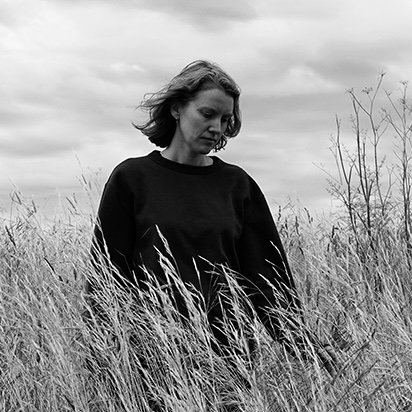
JESSYE WDOWIN-MCGREGORY
Collaborator/co-exhibitor, Jessye Wdowin-McGregor is a Birrarungga/Melbourne-based artist whose practice spans video, performance, photography, drawing, and collage. A relationship to place underpins much of her work, and she is inspired by environments that are sometimes at the periphery of attention, particularly within the urban realm. She is interested in our entanglements with other species, the thresholds between body and landscape, the human impact on the natural world, spontaneous forms of urban nature, and the elemental infrastructures that shape our surroundings.
Credit: Jessye Wdowin-McGregor
JESSYE WDOWIN-MCGREGOR